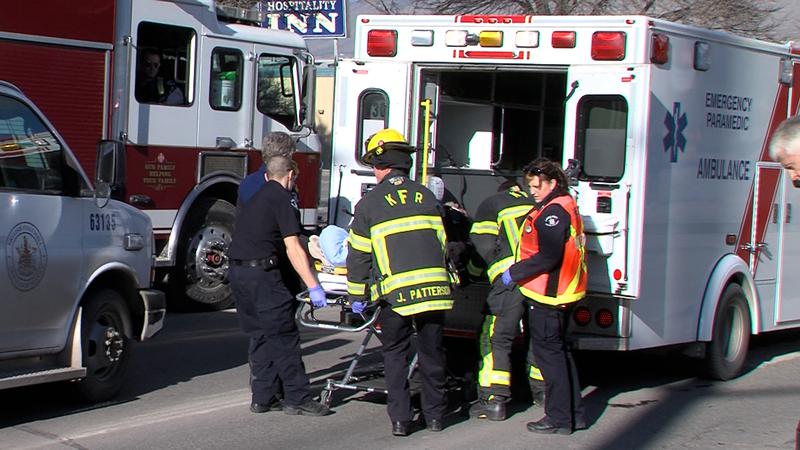
Kamloops Fire Rescue chief says dedicated unit needed to address escalating volume of medical calls
KAMLOOPS — In recent years, Kamloops Fire Rescue has responded to more and more ‘rescue’ related emergencies. According to data provided to the City of Kamloops, KFR now accounts for more than 60 per cent of all medical calls for service received from BC Emergency Health Services.
In response, the fire department says it would like to see the addition of a Medical Response Unit to ease pressure on crews.
Chief Ken Uzeloc says the unit would free up trucks, equipment and resources from going to incidents that do not require a fire response.


